Home>Gardening & Outdoor>Landscaping Ideas>What Will Kill Grass But Not Flowers
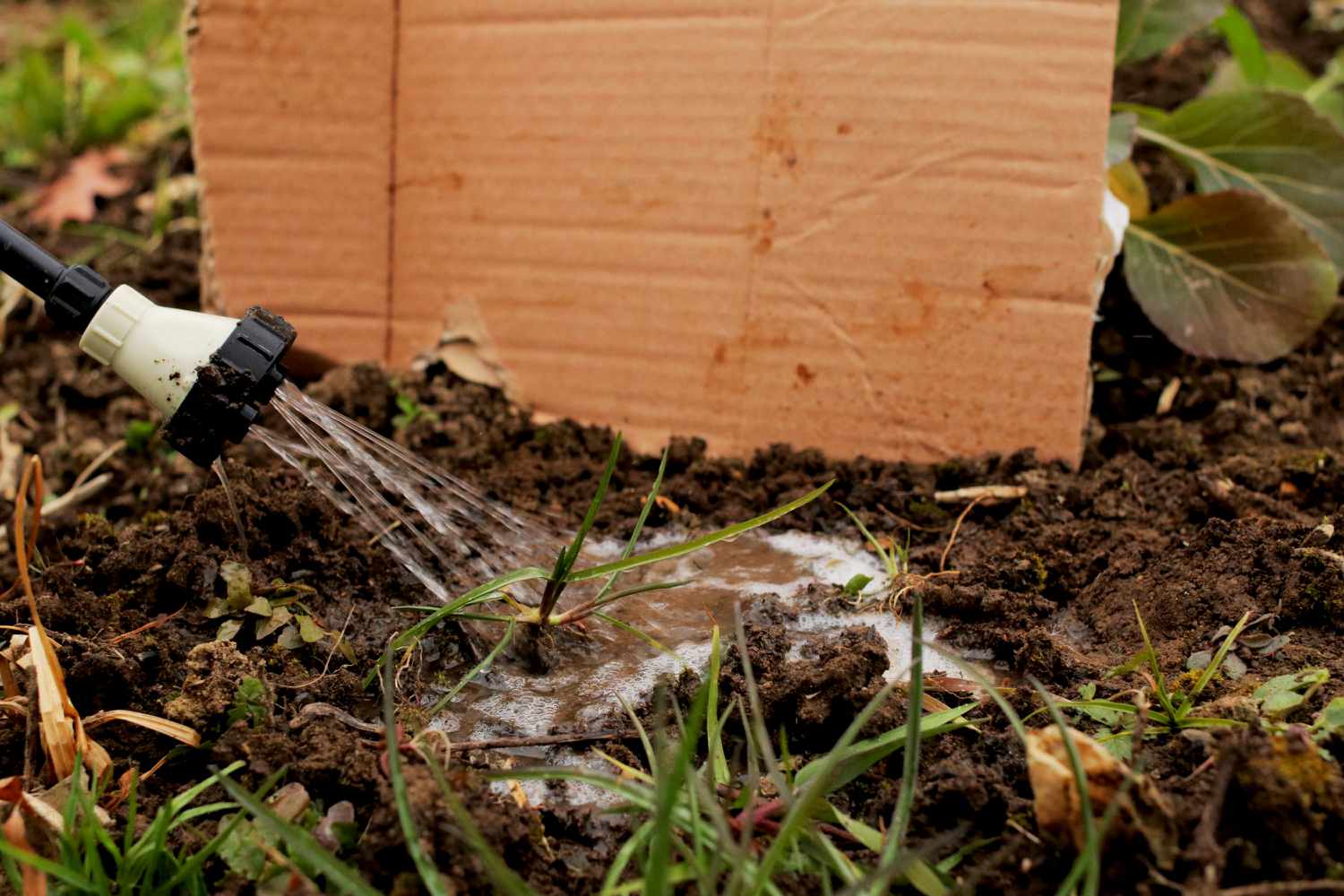

Landscaping Ideas
What Will Kill Grass But Not Flowers
Modified: March 19, 2024
Discover effective landscaping ideas for killing grass without harming your flowers. Find safe solutions to maintain a beautiful garden with our expert tips.
(Many of the links in this article redirect to a specific reviewed product. Your purchase of these products through affiliate links helps to generate commission for Storables.com, at no extra cost. Learn more)
Introduction
Welcome to the world of landscaping, where the lush greenery of a well-tended garden can bring joy and tranquility. However, maintaining a harmonious balance between different types of vegetation, such as grass and flowers, can be a challenging task. If you’ve ever found yourself pondering the question, “What will kill grass but not flowers?” then you’re in the right place. In this comprehensive guide, we’ll delve into the nuances of grass and flowers, explore common methods for killing grass, and discover selective herbicides as well as natural and DIY solutions that can help you achieve your landscaping goals without harming your beloved flowers.
Key Takeaways:
- Say goodbye to unwanted grass without harming your beautiful flowers! Selective herbicides and natural DIY solutions offer precise and eco-friendly methods for weed control.
- Understanding the differences between grass and flowers is key to maintaining a thriving landscape. Targeted strategies and careful weed management will keep your flowers flourishing.
Read more: What Kills Grass And Weeds But Not Flowers
Understanding the Difference Between Grass and Flowers
Before delving into the methods for selectively killing grass without harming flowers, it’s crucial to understand the fundamental differences between these two types of vegetation. Grass, typically characterized by long, narrow leaves and a uniform height, forms dense, low-lying mats that are well-suited for lawns and open spaces. On the other hand, flowers encompass a wide array of plants that produce colorful blooms, adding vibrancy and beauty to gardens and landscapes.
One of the key distinctions between grass and flowers lies in their growth habits. Grasses are known for their rapid and resilient growth, often spreading through underground rhizomes or above-ground stolons. In contrast, flowers exhibit diverse growth patterns, with some species thriving as perennials, returning year after year, while others flourish as annuals, completing their life cycle within a single growing season.
Another crucial difference is the root systems of grass and flowers. Grasses typically develop fibrous root systems that enable them to efficiently absorb water and nutrients from the soil. In contrast, flowers may have taproots, fibrous roots, or rhizomes, each serving different purposes and adapting to various environmental conditions.
Furthermore, the aesthetic and functional roles of grass and flowers differ significantly. While grass is often cultivated for its uniform, low-maintenance appearance, flowers are cherished for their diverse colors, shapes, and fragrances, attracting pollinators and adding visual interest to landscapes.
Understanding these differences is essential for implementing targeted strategies to address unwanted grass without causing harm to the surrounding flowers. By recognizing the unique characteristics and growth patterns of grass and flowers, you can make informed decisions about the most suitable methods for achieving a harmonious and thriving landscape.
Common Methods for Killing Grass
When faced with the challenge of eliminating grass without harming nearby flowers, several traditional methods can be employed. These methods, while effective, require careful consideration to prevent unintended damage to desirable plants.
- Manual Removal: For small areas, manually uprooting grass can be an effective method. Using a spade or garden fork, carefully lift the grass and its roots, taking care to minimize disturbance to surrounding flowers. This method is labor-intensive but can be precise and environmentally friendly.
- Smothering: Smothering grass involves covering the targeted area with a thick layer of mulch, cardboard, or plastic to deprive the grass of sunlight and effectively kill it. While this method can be successful, it requires time and patience to ensure thorough coverage and may impact the aesthetic appeal of the garden during the treatment period.
- Herbicides: Selective herbicides designed to target grass species while sparing broadleaf plants, including flowers, can be utilized to control unwanted grass. These herbicides contain specific active ingredients that effectively suppress grass growth without adversely affecting flowers when applied according to the manufacturer’s instructions.
- Tilling and Solarization: Tilling the soil disrupts grass roots and can be followed by solarization, a process that involves covering the soil with clear plastic to harness solar heat and eliminate grass and weed seeds. This method, while effective, requires careful monitoring to prevent excessive heat buildup that may harm nearby flowers.
While these methods can be effective for killing grass, they may pose challenges in terms of precision, time investment, and potential impact on the surrounding environment. As such, it’s essential to explore alternative approaches that specifically target grass while safeguarding the health and beauty of your flowers.
To kill grass without harming flowers, use a selective herbicide labeled for grass control in flower beds. Apply carefully to avoid contact with the flowers. Always follow the product instructions for best results.
Selective Herbicides for Killing Grass Without Harming Flowers
When seeking a targeted solution for eliminating grass without causing harm to nearby flowers, selective herbicides offer a precise and efficient approach. These specialized herbicidal formulations are designed to effectively control grass species while minimizing or eliminating adverse effects on broadleaf plants, including flowers.
One common type of selective herbicide contains the active ingredient sethoxydim, which effectively targets grassy weeds while being gentle on desirable broadleaf plants. When applied according to the product label’s instructions, sethoxydim selectively disrupts the growth and development of grasses, allowing surrounding flowers to thrive without the risk of damage.
Another selective herbicidal option is fluazifop-p-butyl, which specifically targets grassy weeds without posing a significant threat to most broadleaf plants. This targeted approach enables gardeners to address unwanted grass infestations while preserving the health and aesthetics of their flower beds and ornamental plantings.
Additionally, quizalofop-p-ethyl is a selective herbicide that effectively controls grassy weeds such as crabgrass and foxtail while demonstrating a high level of selectivity for grasses over broadleaf plants. By utilizing quizalofop-p-ethyl, gardeners can achieve precise grass control without compromising the well-being of their cherished flowers.
It’s important to note that the successful application of selective herbicides requires careful attention to timing, weather conditions, and application techniques to ensure optimal results while minimizing the potential for unintended damage to non-target plants. Additionally, adherence to safety precautions and environmental considerations is essential to promote responsible herbicide use and protect the overall health of the garden ecosystem.
By incorporating selective herbicides into your weed management strategy, you can effectively address unwanted grass while nurturing the flourishing beauty of your flower beds and garden landscapes. These targeted solutions offer a balanced approach to weed control, allowing you to maintain a vibrant and harmonious outdoor environment without compromising the well-being of your beloved flowers.
Natural and DIY Solutions for Killing Grass Without Harming Flowers
For those seeking alternative methods to eliminate grass without impacting nearby flowers, natural and do-it-yourself (DIY) solutions offer environmentally friendly and cost-effective approaches to weed management. These methods harness the power of natural ingredients and innovative techniques to target grass while preserving the health and beauty of surrounding flowers.
Vinegar: Utilizing household vinegar as a natural herbicidal spray can effectively control grass in targeted areas. The acetic acid in vinegar disrupts the cellular structure of plants, leading to desiccation and eventual death. When applying vinegar as a herbicidal spray, it’s crucial to exercise caution to prevent contact with desirable flowers, as vinegar can have non-selective effects on all plant tissue it comes into contact with.
Boiling Water: Boiling water serves as a simple yet potent DIY method for killing grass in areas where precision application is feasible. Carefully pouring boiling water directly onto the grass effectively scalds and kills the vegetation. While this method requires caution to avoid unintended contact with flowers, it can be a targeted and environmentally friendly approach to grass control.
Corn Gluten Meal: As a natural pre-emergent herbicide, corn gluten meal inhibits the germination of weed seeds, including grasses, while providing a source of organic nitrogen for the soil. By incorporating corn gluten meal into your lawn and garden maintenance routine, you can suppress grass growth while nourishing the soil and promoting the flourishing growth of flowers and other desirable plants.
Manual Cultivation: Hand-weeding and cultivating the soil around flowers and ornamental plants provide a precise and environmentally conscious approach to grass control. By carefully removing grass and its roots from the vicinity of flowers, you can effectively manage unwanted vegetation while minimizing the potential for unintended harm to desirable plants.
Baking Soda: Applying baking soda to targeted areas of grass can disrupt the cellular structure of the plants, leading to desiccation and eventual death. This natural and readily available ingredient offers a non-toxic and environmentally friendly approach to grass control, provided that it is carefully applied to avoid contact with nearby flowers.
By integrating natural and DIY solutions into your weed management strategy, you can effectively address unwanted grass while nurturing the flourishing beauty of your flower beds and garden landscapes. These environmentally conscious methods provide a holistic approach to weed control, allowing you to maintain a vibrant and harmonious outdoor environment while safeguarding the well-being of your beloved flowers.
Read more: How To Kill Grass In My Flower Bed
Conclusion
As a landscaping enthusiast, the quest to eliminate grass without harming flowers is a delicate yet achievable endeavor. By understanding the unique characteristics of grass and flowers, you can implement targeted strategies to maintain a harmonious and thriving landscape. While common methods such as manual removal, smothering, and herbicides offer effective options for killing grass, they require careful consideration to prevent unintended harm to nearby flowers.
Exploring selective herbicides designed to target grass while sparing broadleaf plants provides a precise and efficient approach to weed management. These specialized formulations enable you to address unwanted grass infestations while preserving the health and aesthetics of your flower beds and ornamental plantings. Moreover, natural and DIY solutions offer environmentally friendly and cost-effective alternatives for eliminating grass without impacting nearby flowers. From vinegar and boiling water to corn gluten meal and manual cultivation, these methods provide a holistic approach to weed control, allowing you to maintain a vibrant and harmonious outdoor environment while safeguarding the well-being of your beloved flowers.
As you embark on your journey to achieve a flourishing and well-balanced landscape, it’s essential to approach weed management with attentiveness and care. Whether you opt for selective herbicides, natural remedies, or a combination of approaches, prioritizing the health and beauty of your flowers will guide your decisions and actions. By integrating targeted strategies and environmentally conscious methods, you can effectively address unwanted grass while nurturing the vibrant allure of your garden and outdoor spaces.
Ultimately, the pursuit of a weed-free landscape that harmoniously coexists with flourishing flowers is a testament to your dedication as a steward of natural beauty. Embracing the nuances of grass and flowers, and implementing precise and considerate weed management practices, will empower you to cultivate a landscape that radiates with the vibrant colors and delicate blooms of your cherished flowers, free from the encroachment of unwanted grass.
Frequently Asked Questions about What Will Kill Grass But Not Flowers
Was this page helpful?
At Storables.com, we guarantee accurate and reliable information. Our content, validated by Expert Board Contributors, is crafted following stringent Editorial Policies. We're committed to providing you with well-researched, expert-backed insights for all your informational needs.
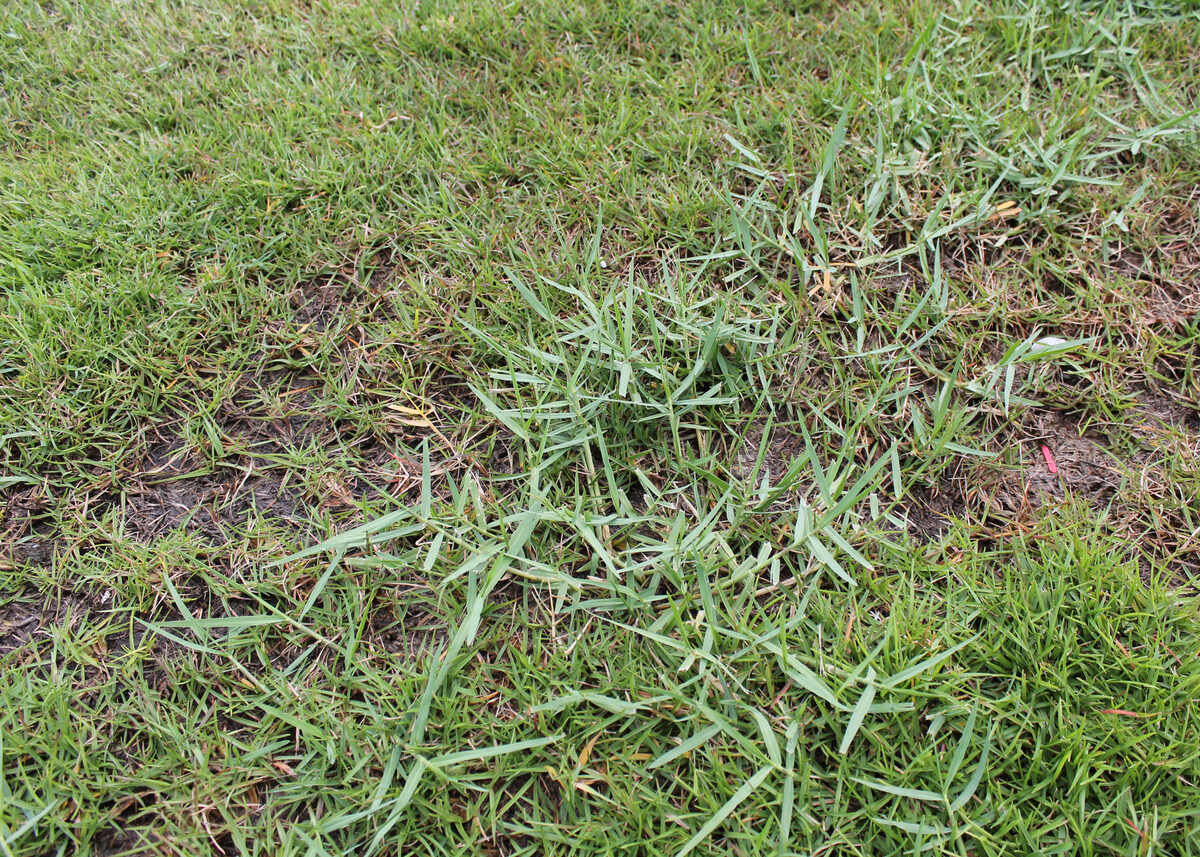
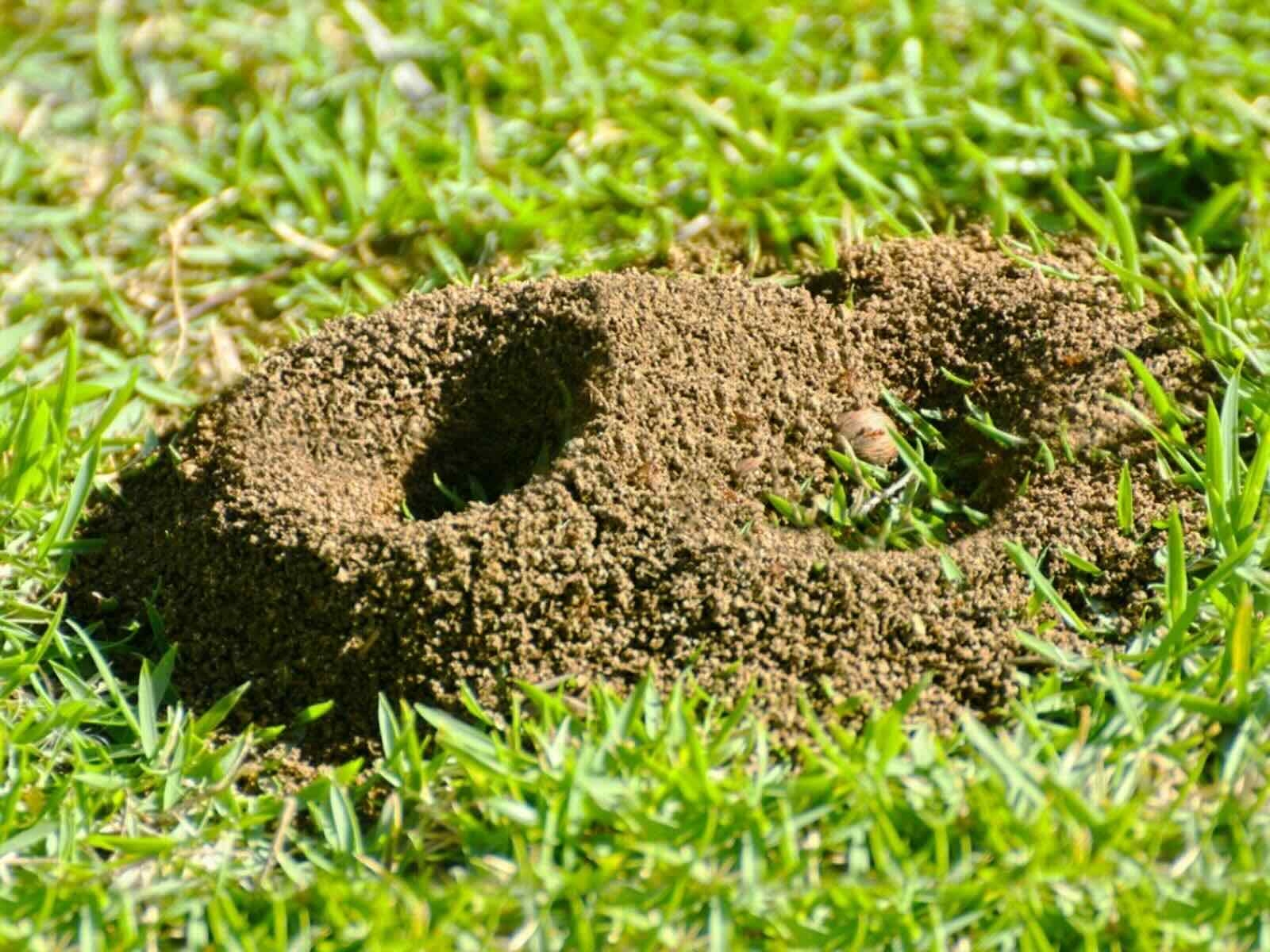
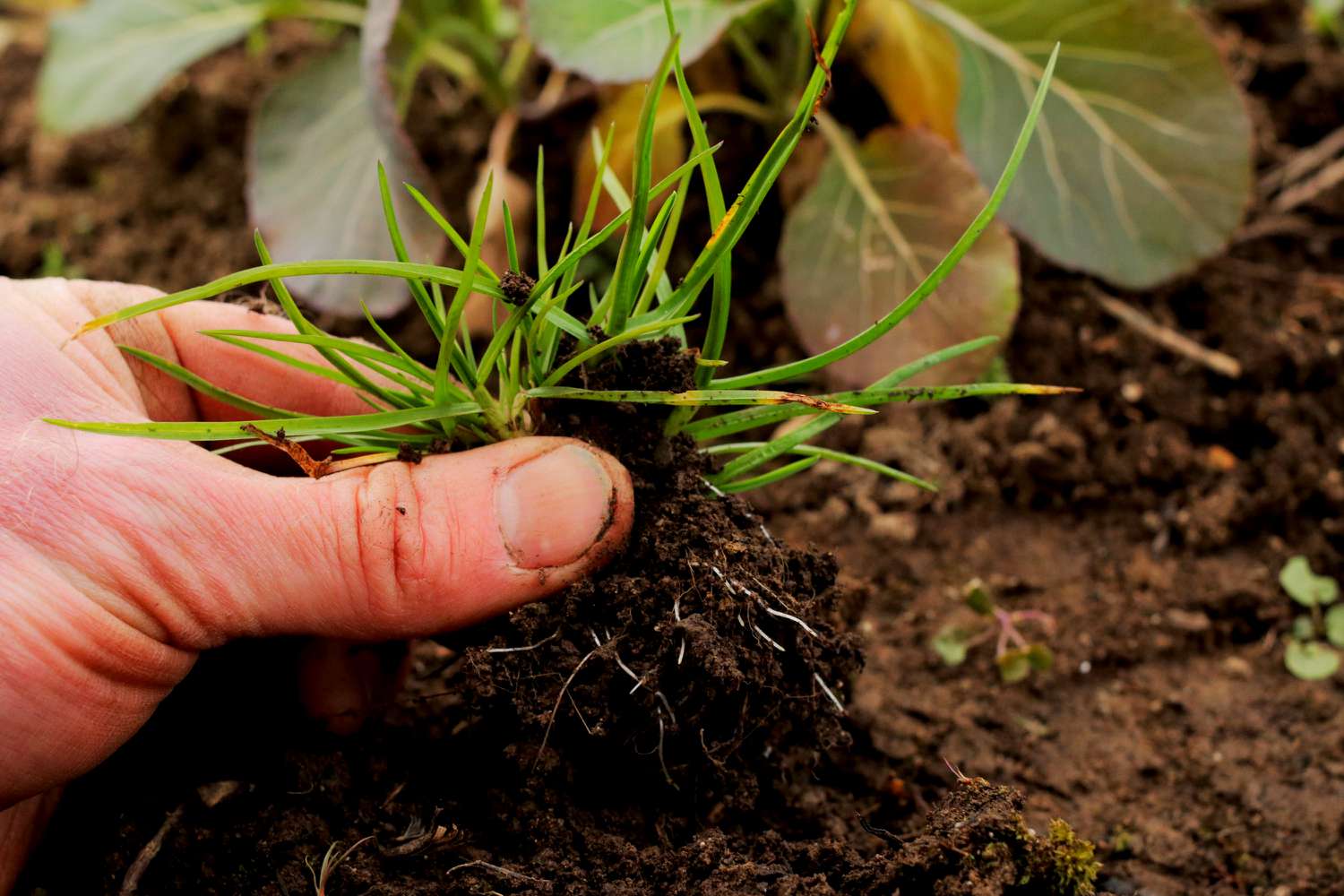
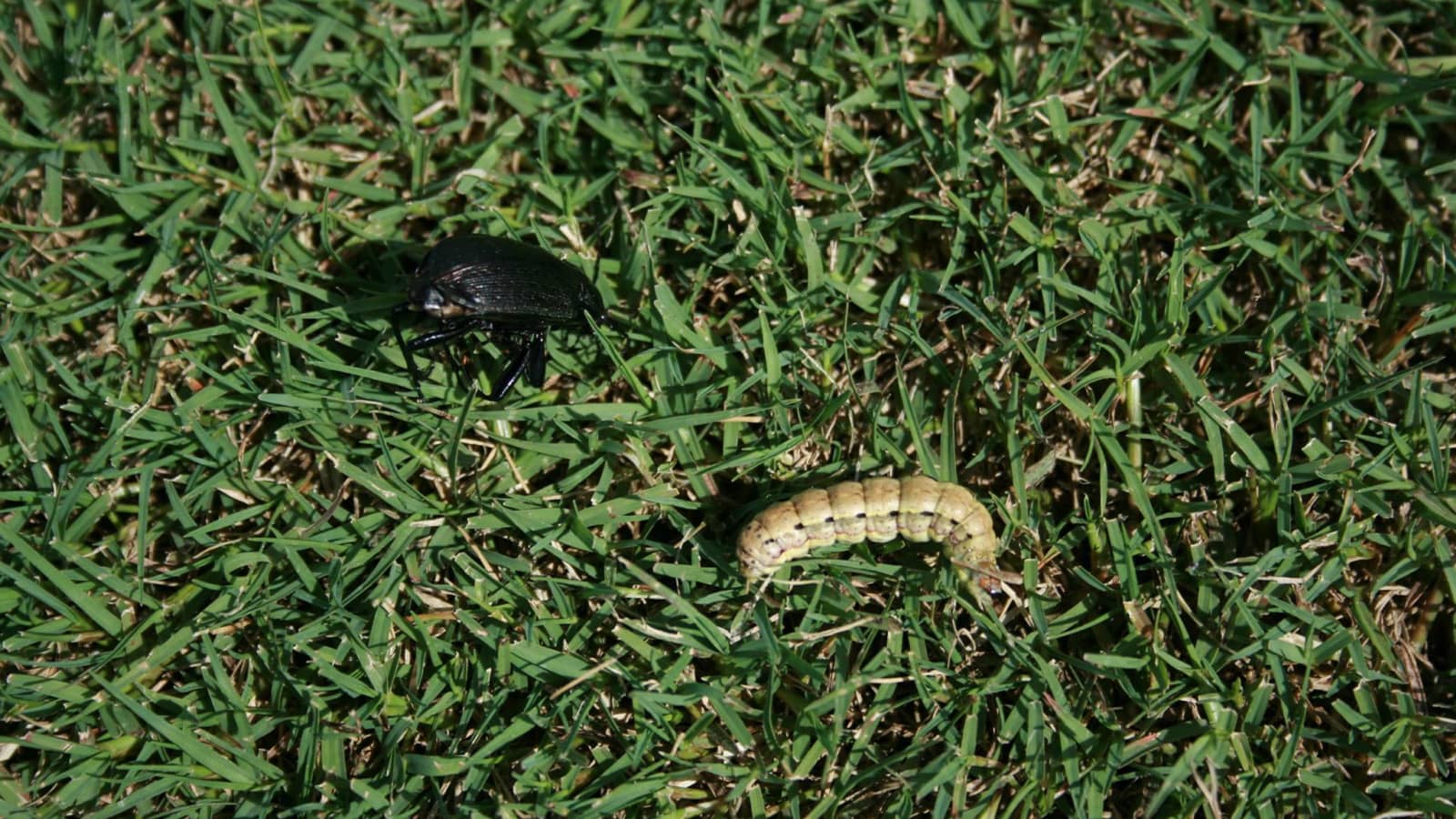
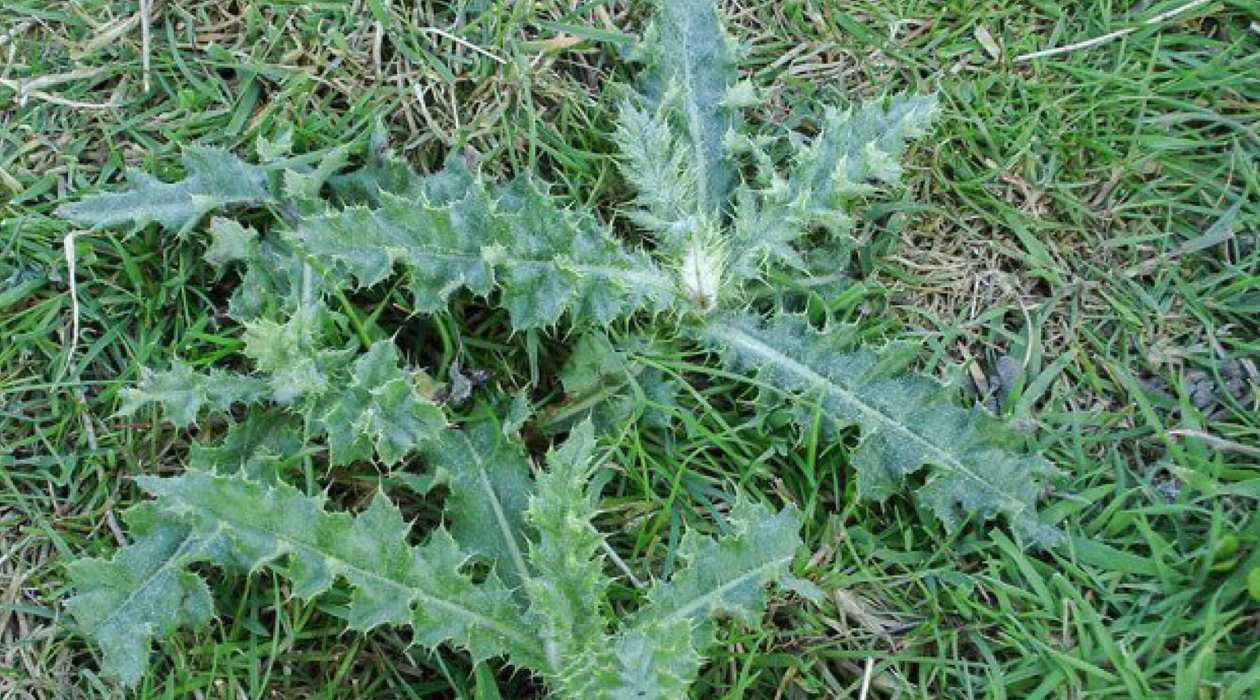
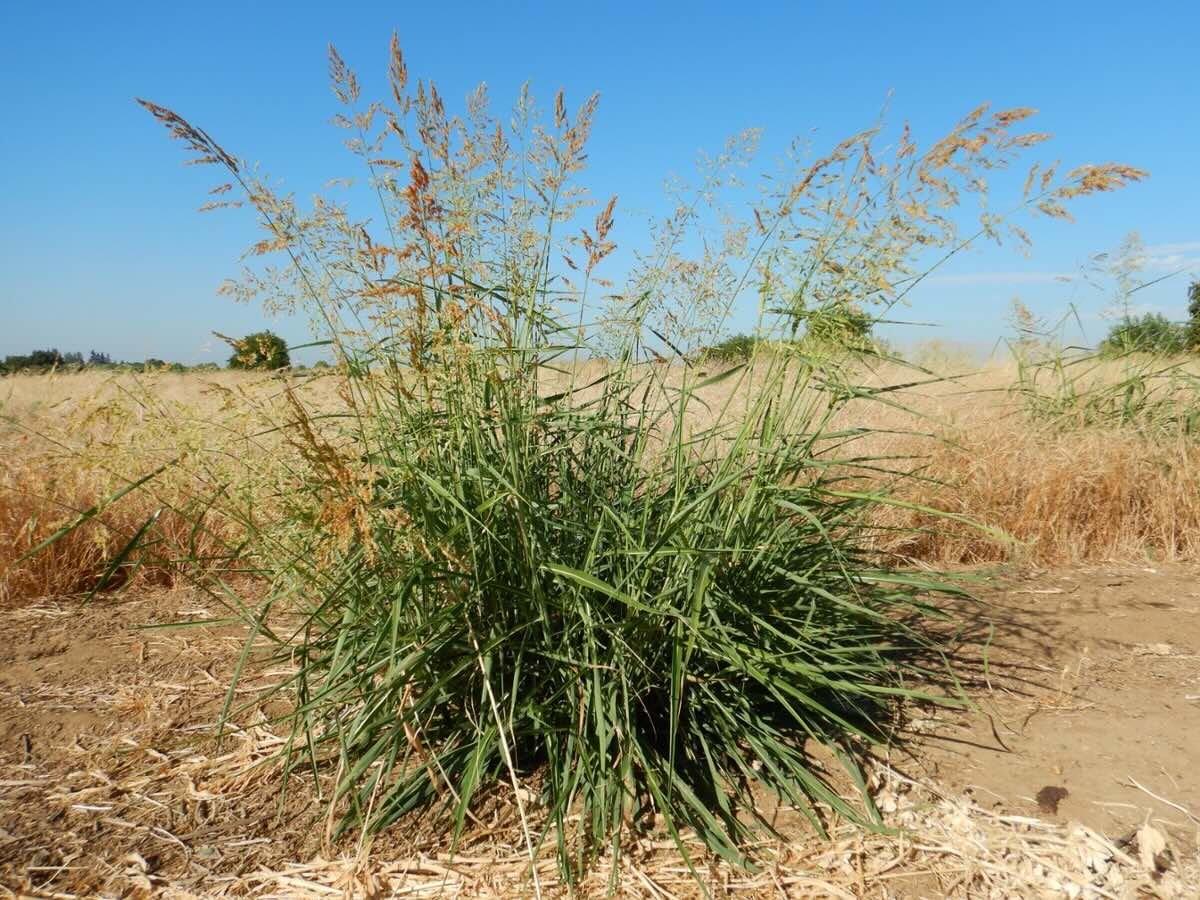
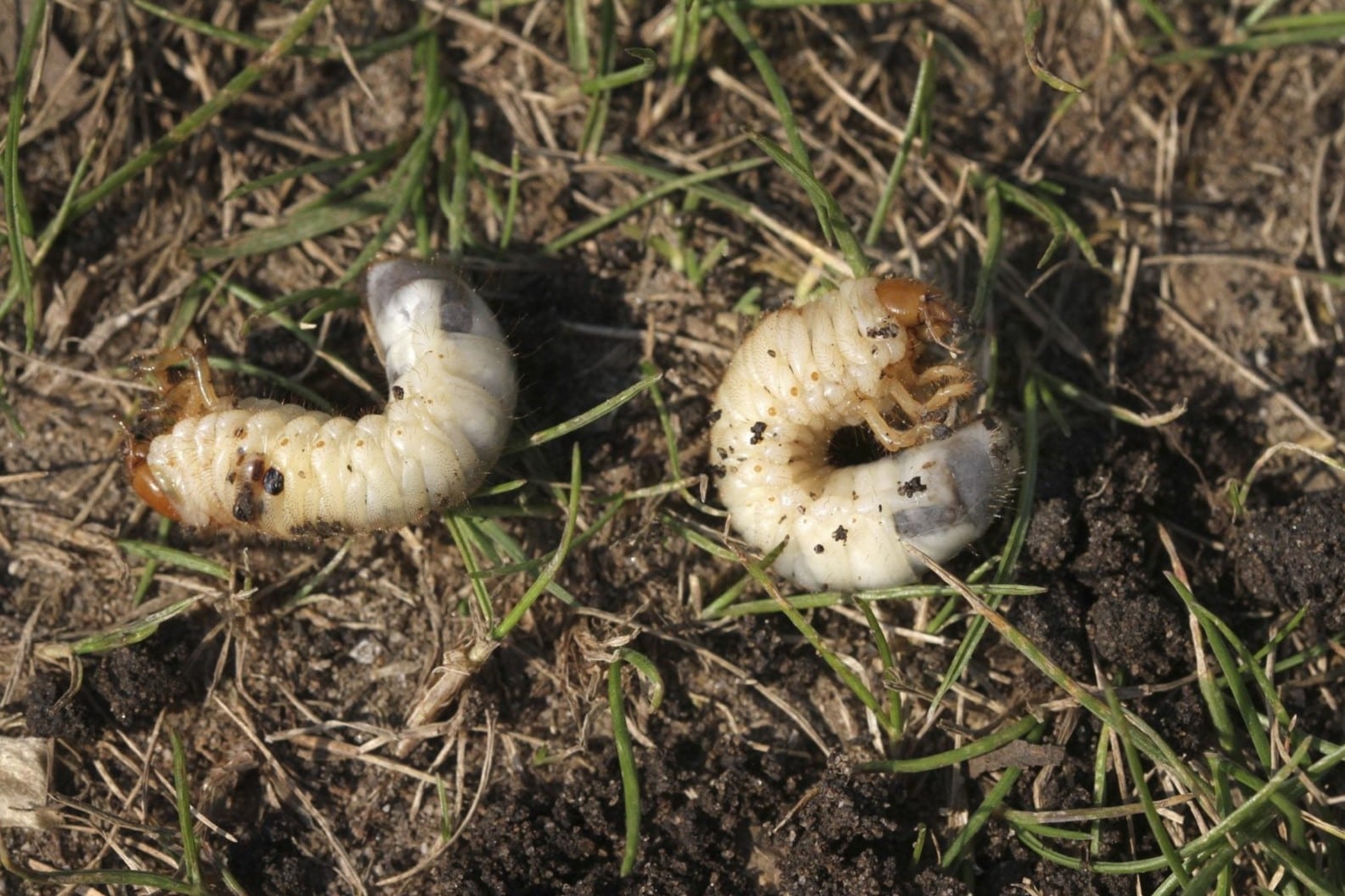
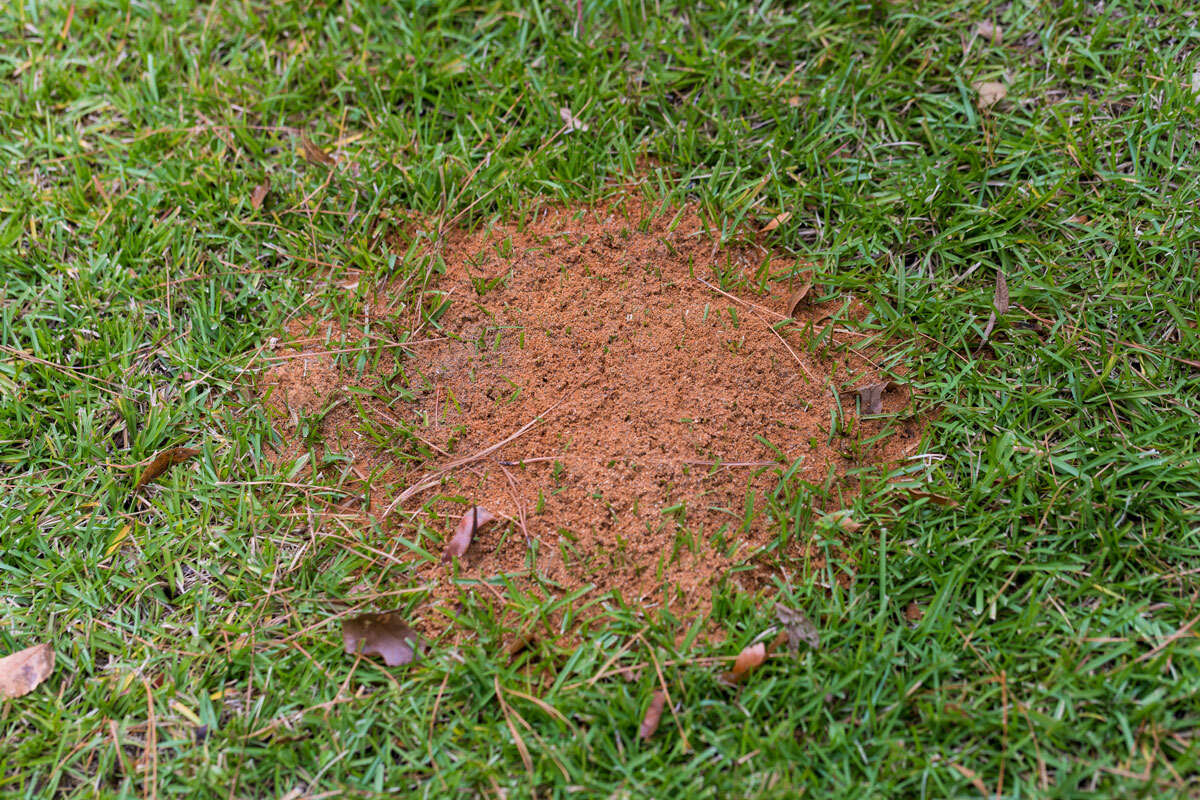
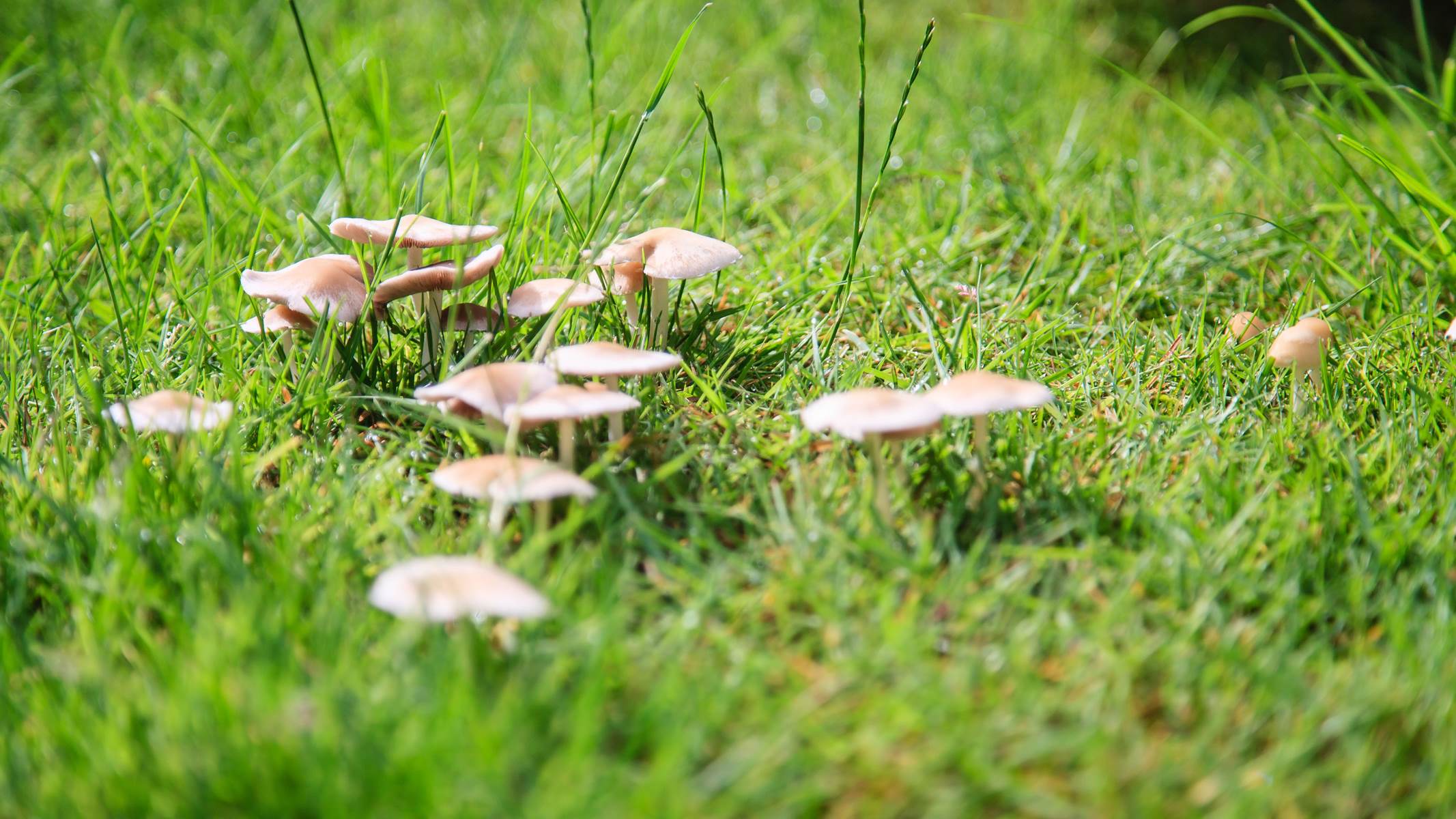
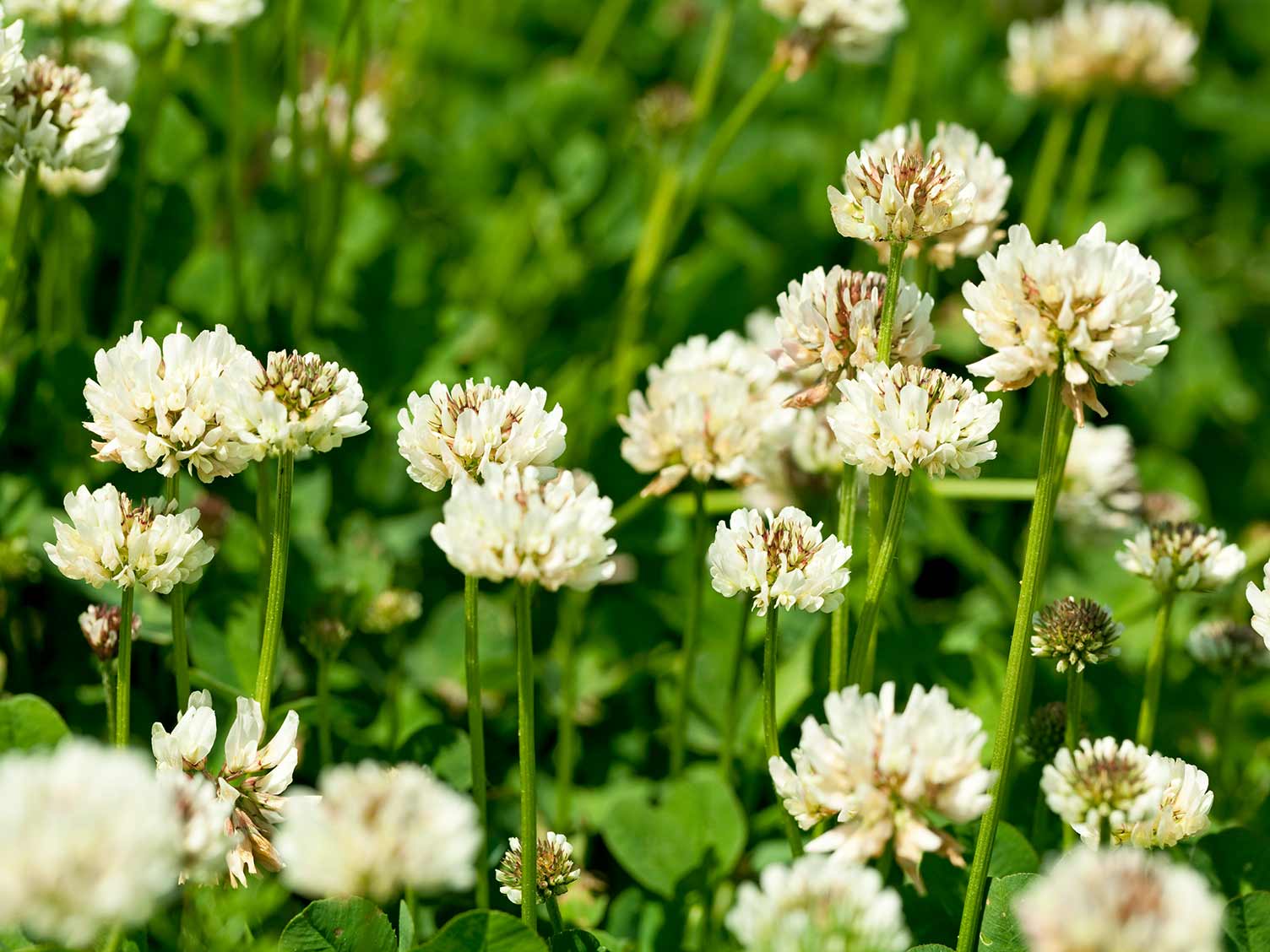
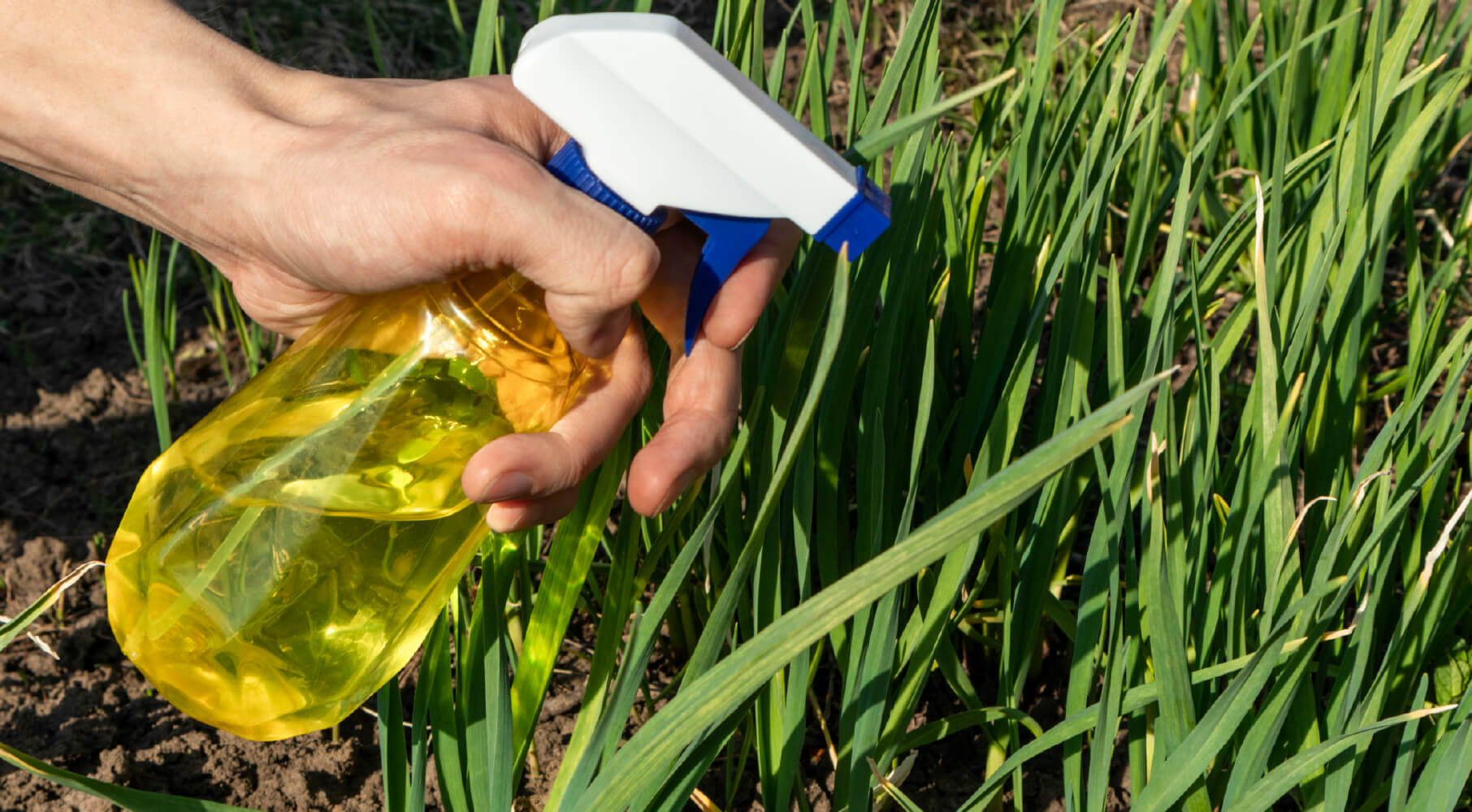
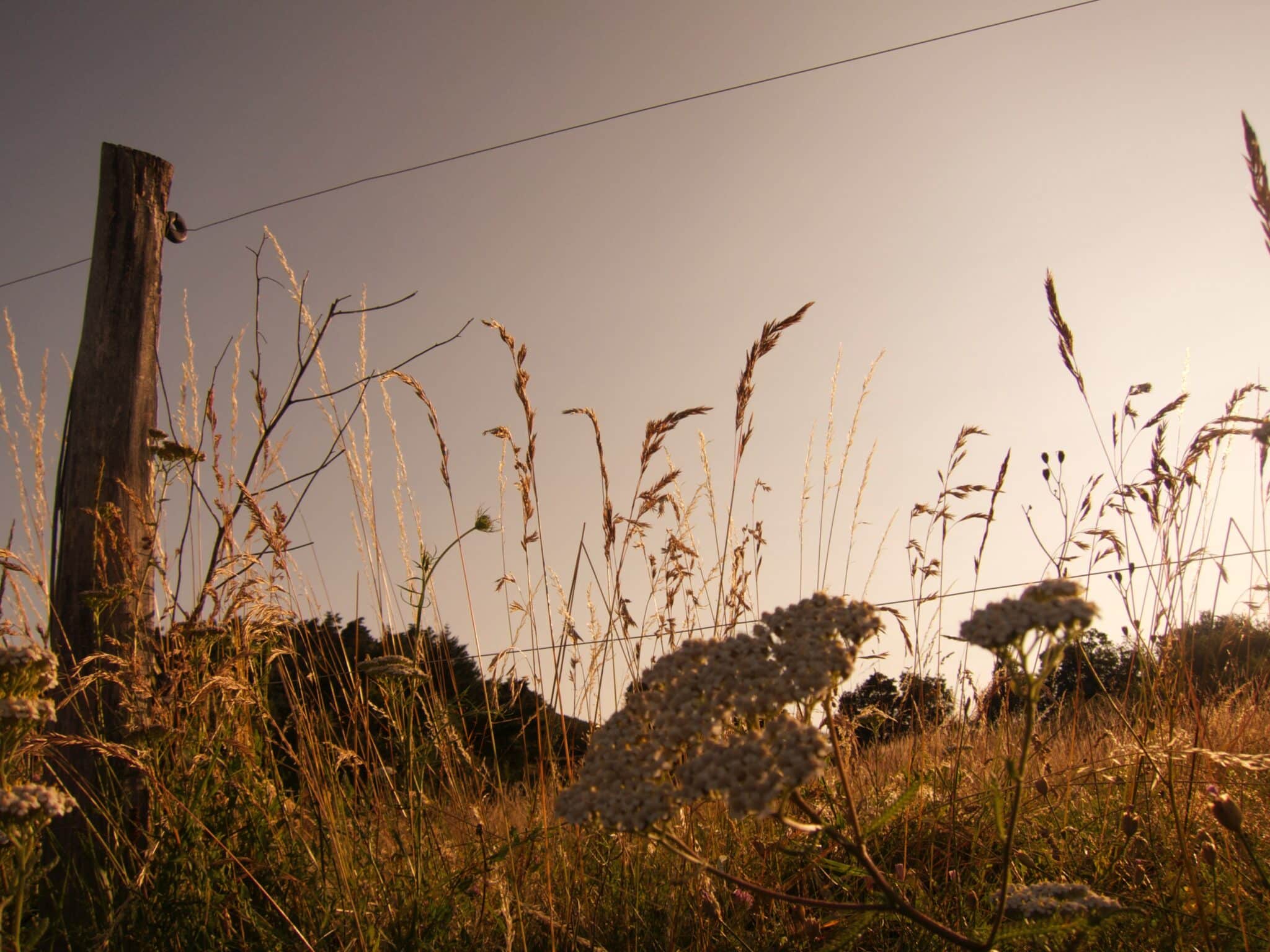
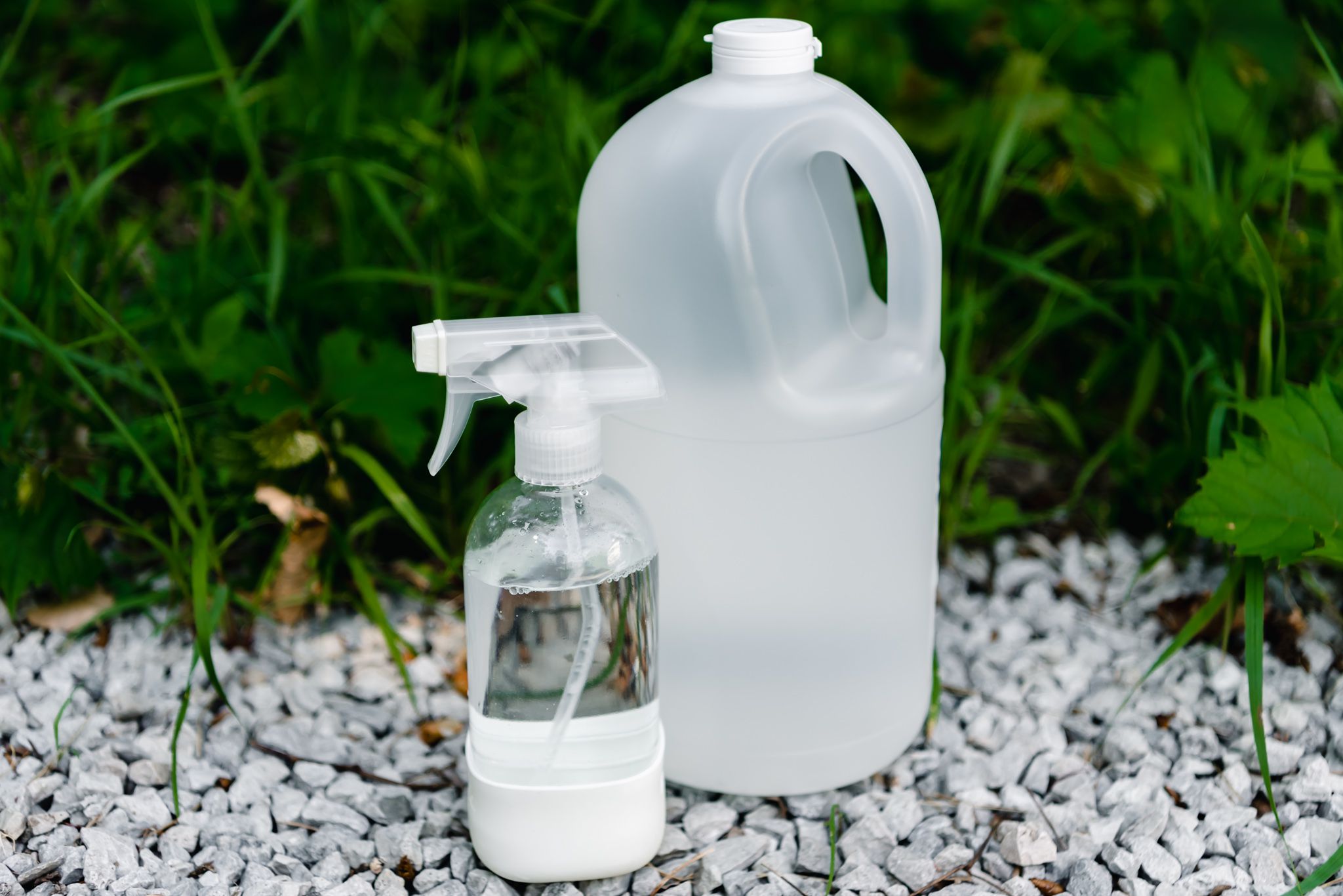
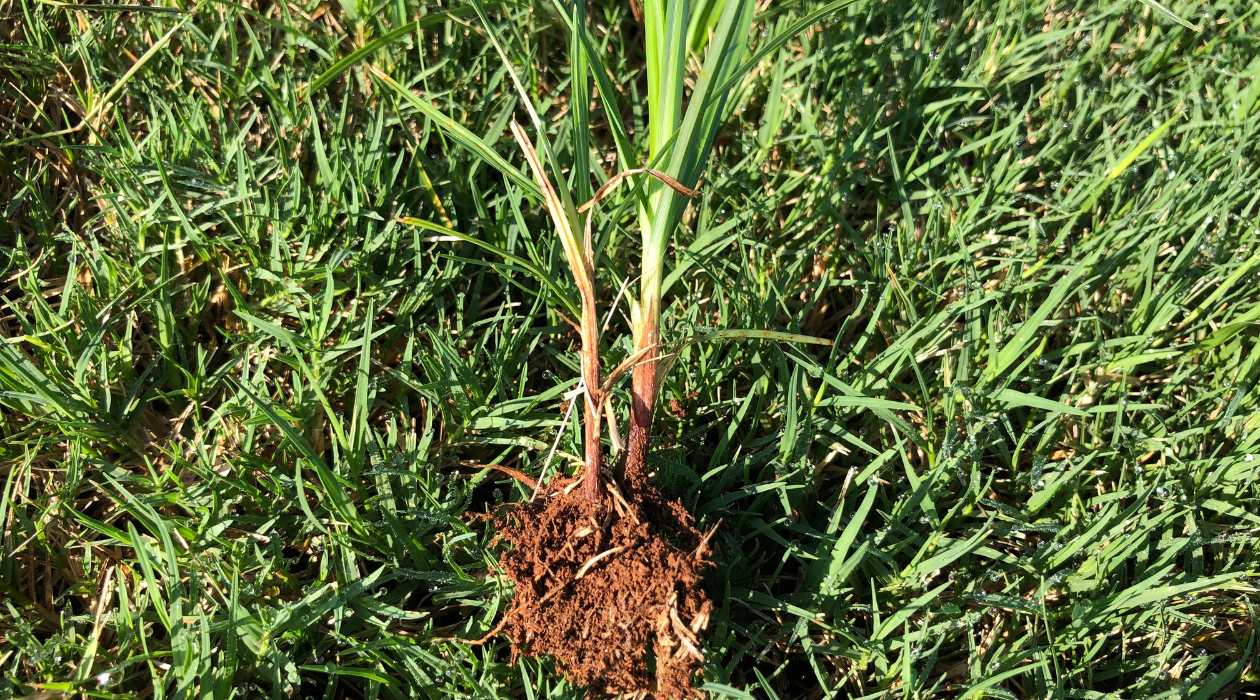

0 thoughts on “What Will Kill Grass But Not Flowers”